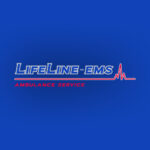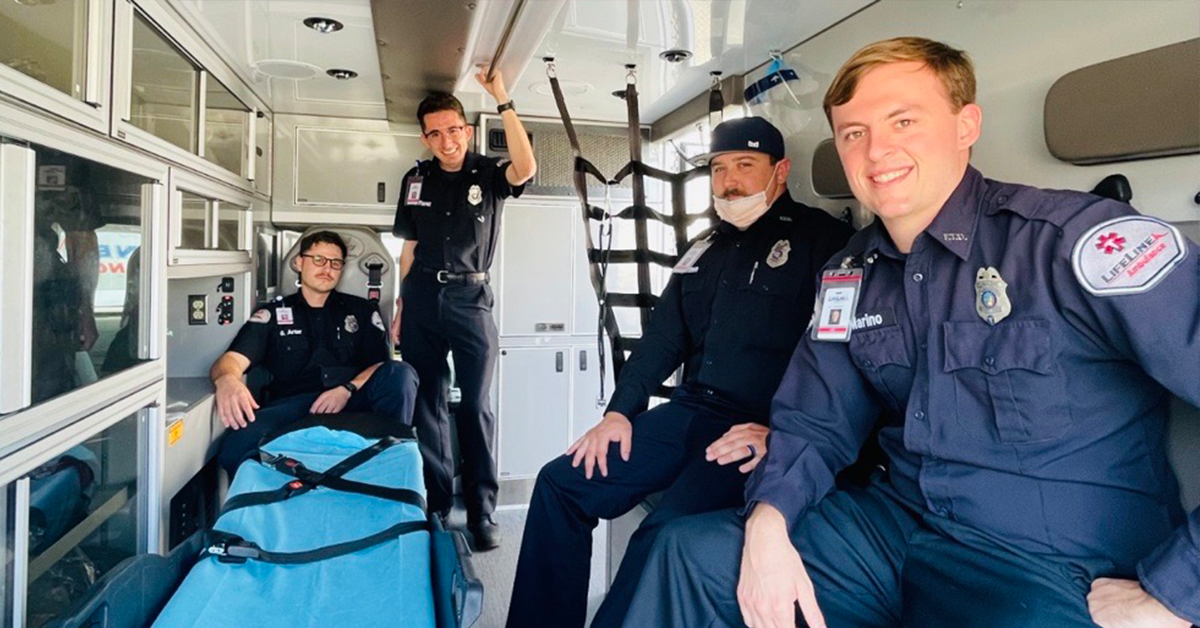Emergency Medical Technicians (EMTs) are often perceived through a narrow lens—responding to emergencies, dealing with traumatic situations, and facing intense pressure. While these aspects are undeniably part of the job, they only scratch the surface of what it means to be an EMT. The reality is that being an EMT is not only about the challenges but also about the profound rewards that come with the role. This article aims to break the stigma and shed light on the surprisingly rewarding life of an EMT, particularly within the supportive and dynamic environment of LifeLine EMS in Los Angeles and Southern California.
The True Scope of an EMT’s Role
An EMT’s role is multifaceted, encompassing a range of responsibilities that go beyond emergency response. Understanding the full scope of this role helps to appreciate the many rewards it offers.
1. Patient Care and Support
EMTs provide crucial pre-hospital care, stabilizing patients and preparing them for transport to medical facilities. This immediate care can significantly impact patient outcomes, making the role immensely satisfying.
2. Community Interaction
EMTs often interact with diverse populations, providing not only medical care but also emotional support and reassurance during emergencies. These interactions build strong community ties and foster a sense of trust and gratitude.
3. Educational Roles
Many EMTs participate in public education initiatives, teaching CPR, first aid, and emergency preparedness. These educational efforts empower communities and enhance public health.
The Rewards of Being an EMT
Despite the challenges, the life of an EMT is filled with unique rewards that make it a highly fulfilling career.
1. Saving Lives and Making a Difference
The most obvious and profound reward of being an EMT is the ability to save lives. The knowledge that your actions have directly contributed to someone’s survival or well-being is incredibly empowering and fulfilling.
2. Personal Growth and Development
The experiences faced by EMTs promote significant personal growth. They develop resilience, empathy, and problem-solving skills that are invaluable in all areas of life. The ability to remain calm under pressure and make critical decisions translates to greater confidence and capability in everyday situations.
3. Sense of Purpose
Few careers offer the same sense of purpose as that of an EMT. Knowing that you are a vital part of the healthcare system and a key player in emergency response provides a deep sense of meaning and motivation.
Breaking the Stigma: Addressing Common Misconceptions
To fully appreciate the rewards of being an EMT, it’s essential to address and debunk some common misconceptions and stigmas associated with the profession.
1. Misconception: EMTs Only Handle Trauma and Tragedy
While EMTs do respond to critical emergencies, they also handle a variety of non-traumatic situations. These can include assisting with childbirth, providing care for chronic conditions, and helping patients with less severe medical issues. These diverse experiences add variety and richness to the job.
2. Misconception: EMT Work is Low-Paying and Unstable
Contrary to this belief, EMTs can earn competitive salaries, especially as they gain experience and pursue advanced certifications. LifeLine EMS, for example, offers competitive compensation packages, comprehensive benefits, and opportunities for career advancement, ensuring financial stability and job security.
3. Misconception: EMTs Have Limited Career Growth
The EMT profession offers numerous pathways for career advancement. EMTs can advance to become paramedics, pursue higher education in nursing or medicine, or transition into administrative and educational roles within EMS organizations.
The LifeLine EMS Advantage
For those considering a career as an EMT, LifeLine EMS in Los Angeles and Southern California provides an exemplary environment that enhances the rewards of this profession.
1. Comprehensive Training and Development
LifeLine EMS offers extensive training programs that equip EMTs with the necessary skills and knowledge to excel. Continuous education and advanced training opportunities ensure that EMTs remain at the forefront of medical practices.
2. Supportive Work Environment
A supportive work environment is crucial for personal and professional satisfaction. LifeLine EMS fosters a culture of teamwork, respect, and open communication, ensuring that EMTs feel valued and supported.
3. Community Engagement
LifeLine EMS is deeply committed to community outreach and education. EMTs at LifeLine participate in various public health initiatives, enhancing their connection to the community and their sense of purpose.
4. Career Advancement Opportunities
LifeLine EMS offers clear career pathways for EMTs. Whether aspiring to become a paramedic, a field training officer, or an EMS administrator, employees have the resources and support needed to advance their careers.
The Impact of Being an EMT in Los Angeles and Southern California
Working as an EMT in Los Angeles and Southern California presents unique opportunities and challenges, contributing to the overall rewards of the profession.
1. Diverse and Dynamic Environment
The diverse population and varied landscapes of Southern California mean that EMTs encounter a wide range of medical emergencies and situations. This diversity keeps the job interesting and provides a wealth of learning experiences.
2. High-Impact Work
In a bustling metropolis like Los Angeles, EMTs play a crucial role in the health and safety of the community. Their work has a significant impact, often in high-stakes situations, adding to the sense of fulfillment.
3. Collaborative Networks
EMTs in Los Angeles and Southern California work closely with a network of hospitals, fire departments, and other emergency services. This collaboration fosters a strong professional community and enhances the effectiveness of emergency response efforts.
Keep Reading
Want more? Here are some other blog posts you might be interested in.
Emergency Medical Services s a high-stress, physically demanding profession that requires dedication, quick decision-making, and resilience. While the rewards of saving lives...
Emergency Medical Services professionals are often the first point of contact during critical health crises. While technical expertise is essential in emergency...
Emergency Medical Services play a critical role in ensuring the health and safety of communities. In Southern California, including Los Angeles, the...






